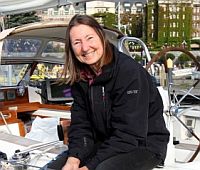 Singlehander Jeanne Socrates, 76, on her fourth circumnavigation, suffered a knockdown on S/V Nereida off the South Island of New Zealand. Despite damage to solar and wind charging equipment, Socrates is unhurt, and sails, rig, most instruments, autopilot and radio are undamaged. She sent the following message:
Singlehander Jeanne Socrates, 76, on her fourth circumnavigation, suffered a knockdown on S/V Nereida off the South Island of New Zealand. Despite damage to solar and wind charging equipment, Socrates is unhurt, and sails, rig, most instruments, autopilot and radio are undamaged. She sent the following message:
A brief note to let you know that we were knocked down, losing both solar and wind charging items as a result, just before dawn on Wed 15th May local time. Position: 150ml SW of S end of South Island, New Zealand

 A repost appropriate for Mother’s Day.
A repost appropriate for Mother’s Day.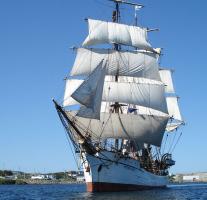 Just returning from its seventh round the world voyage, the barque
Just returning from its seventh round the world voyage, the barque 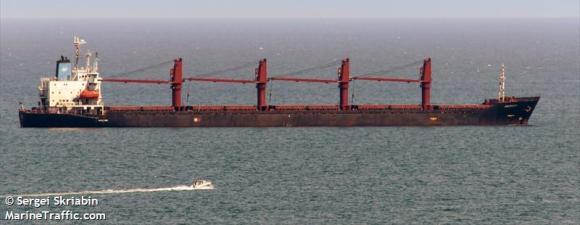 The media has been full of reports about the sanctions violating North Korean bulk carrier, dubiously named
The media has been full of reports about the sanctions violating North Korean bulk carrier, dubiously named 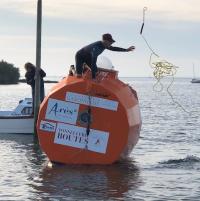 After a voyage of 147 days covering more than 2,000 nautical miles, French adventurer
After a voyage of 147 days covering more than 2,000 nautical miles, French adventurer 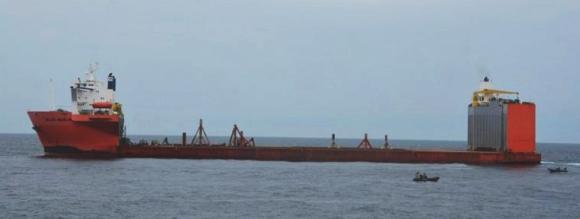
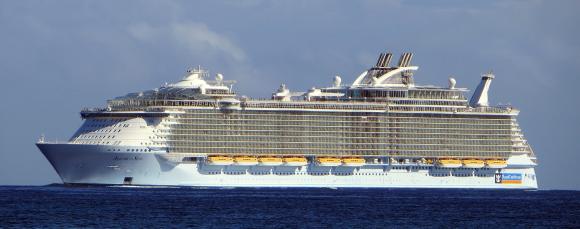
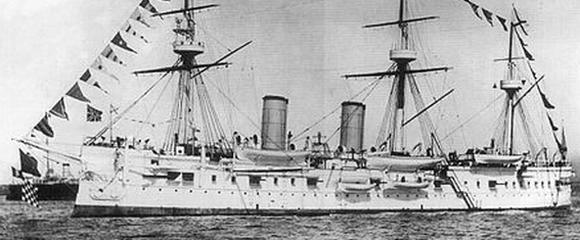 In July of last year,
In July of last year,  While docking in Vancouver on Saturday morning, the Holland America cruise ship MS
While docking in Vancouver on Saturday morning, the Holland America cruise ship MS 
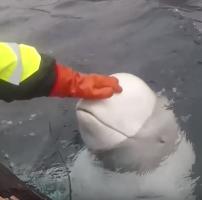 Two days ago,
Two days ago, 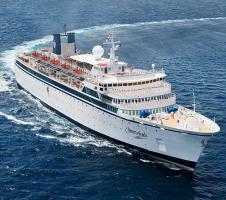 The cruise ship MV Freewinds is described on the
The cruise ship MV Freewinds is described on the  For centuries, ancient megalithic monuments, such as Stonehenge, existing all across Europe, have been abiding mysteries. Who built them, how and why?
For centuries, ancient megalithic monuments, such as Stonehenge, existing all across Europe, have been abiding mysteries. Who built them, how and why?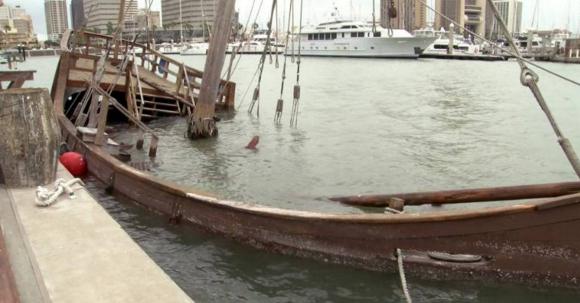 When Hurricane Harvey blew through the US Gulf coast in August 2017, the replica of Columbus’
When Hurricane Harvey blew through the US Gulf coast in August 2017, the replica of Columbus’ 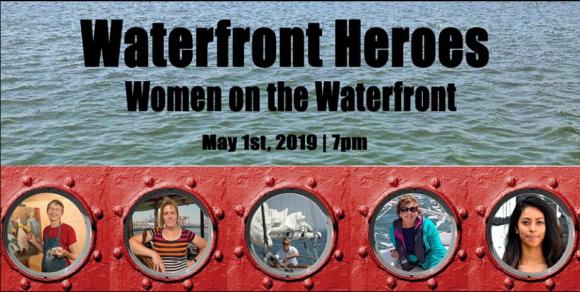 Next Wednesday, May 1, from 7:00 PM – 9:00 PM, the
Next Wednesday, May 1, from 7:00 PM – 9:00 PM, the 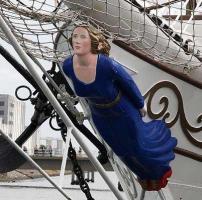 There has been a minor hub-bub of late over the decision by the
There has been a minor hub-bub of late over the decision by the